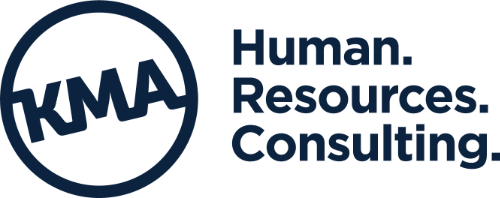Effective January 1, 2017, the 21st Century Cures Act (the “Cures Act”) reinstated Health Reimbursement Arrangements (HRAs) for certain small employers. This is good news for employers who seek to support the cost of employee health insurance financially, but who do not want the administrative burden and full cost of maintaining a group health plan.
HRAs were a popular type of employee health plan prior to the passage of the Affordable Care Act (“ACA”). Under the typical HRA, employers agreed to reimburse employees for medical expenses, including health insurance premiums, incurred by an employee up to a stated dollar amount. Unused amounts at the end of the year were rolled forward to the following year or forfeited, depending on plan design. Alternatively, some employers agreed to pay all or a portion of individual or family health insurance premiums directly on behalf of employees. Employer reimbursements or payments were tax deductible to the employer and were excluded from the employee’s income.
Following the passage of the (ACA) in 2013, the Internal Revenue Service determined that HRAs violated certain provisions of the ACA, unless they were offered in coordination with a second group health plan providing minimum essential coverage. Failure to comply with the ACA results in a $100 per day, per employee penalty ($36,500 per employee per year), forcing employers to offer a group health plan or abandon all pre-tax financial support of employee health expenses.
Under the Cures Act, qualifying small employers, who have fewer than 50 full-time and full-time equivalent employees and who are not subject to the ACA employer mandate, may offer an HRA to eligible employees on the following terms:
- The Employer may not offer another health plan.
- The HRA is funded solely with employer contributions.
- The HRA must be offered to all employees, except employees with fewer than 90 days of service, part-time and seasonal employees, employees under age 25, and employees covered under a collective bargaining agreement.
- The arrangement must be offered to eligible employees on the same terms, provided that the permitted benefit may reflect variations in insurance costs based on age and family size.
- Funds are used solely to reimburse medical expenses of the employee, his or her spouse and dependents, upon receipt of appropriate proof of the expenditure.
- The maximum annual employer contribution may not exceed $4,950 per individual or $10,000 per family. This amount is subject to cost of living adjustments and is pro-rated for partial year participation. Also, any ACA subsidy available under an ACA insurance exchange is offset dollar for dollar by employer reimbursements.
Employers offering an HRA must give notice to employees 90 days prior to the beginning of the Plan Year, or within 90 days of eligibility. However, a 2017 transition rule allows employers offering an HRA effective January 1, 2017, to provide notice within 90 days of the date of the Act (no later than March 13, 2017). The notice must provide the following:
- A statement of the amount of the permitted benefit,
- A statement that an eligible employee applying for coverage under an insurance exchange must advise the exchange of the HRA benefit, and
- A statement that, if the employee is not covered under minimum essential coverage for any month, the employee may be subject to taxes under the ACA individual mandate and any HRA benefit will be taxable.
Failure to provide notice may result in a fine of $50 per day, per person to a maximum of $2,500 per year.
HRAs are not treated as group health plans under the Internal Revenue Code or the Employer Income Security Act of 1974, as amended (“ERISA”). As a result, they are not subject to the ACA market reforms or COBRA Continuation Coverage. They are, however, employee welfare benefit plans under ERISA and are subject to documentation, disclosure, and reporting rules under ERISA. Employers are required to report the benefit on employee W-2s and eligible employees must report the benefit when purchasing coverage on an insurance exchange.
The Cures Act offers a good option to small employers. If employers elect to maintain HRAs instead of group health plans, the number and composition of individuals seeking coverage in the individual insurance market will increase, which, in turn, may help diversify and stabilize these markets. Unfortunately, at the moment, the future of the ACA and the future shape of the insurance markets is anyone’s guess.
Looking for More Information?
Contact Leslie Hallock at Eaton Peabody or contact KMA Human Resources Consulting to explore options and likely impact on your organization and employees.
